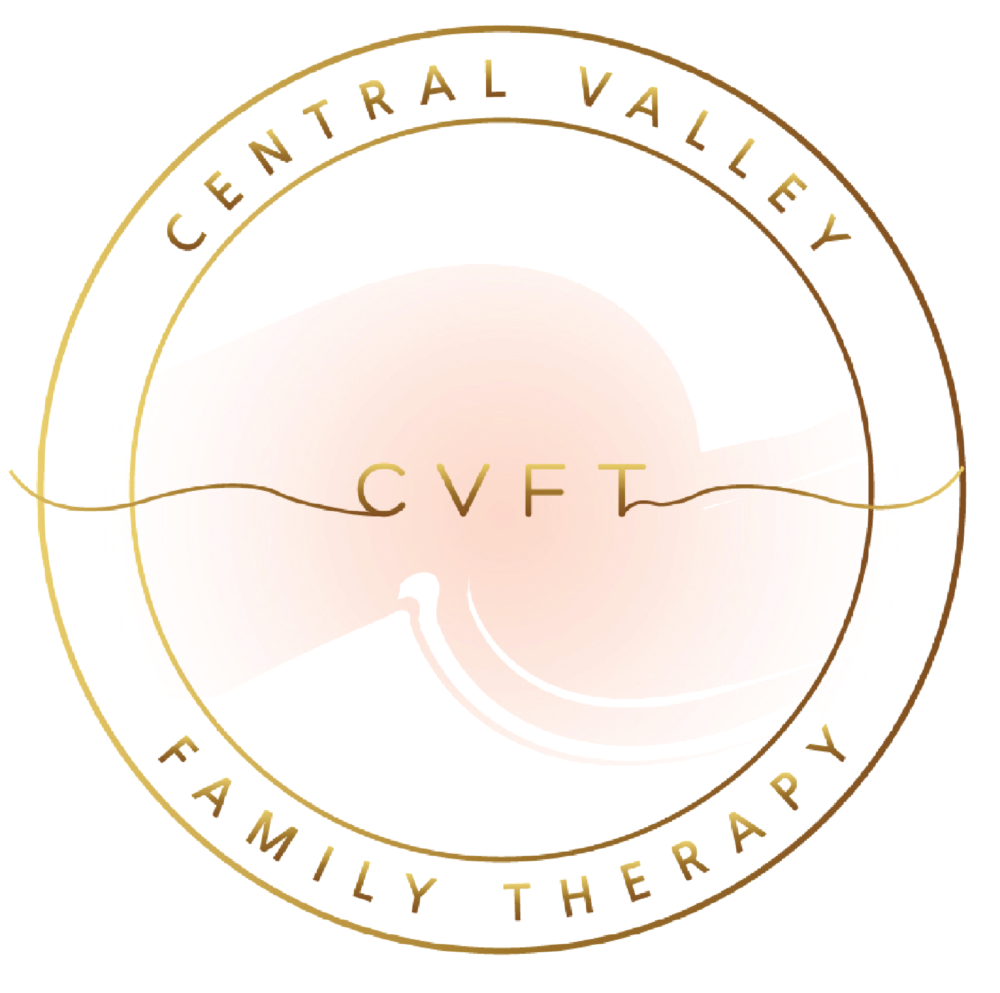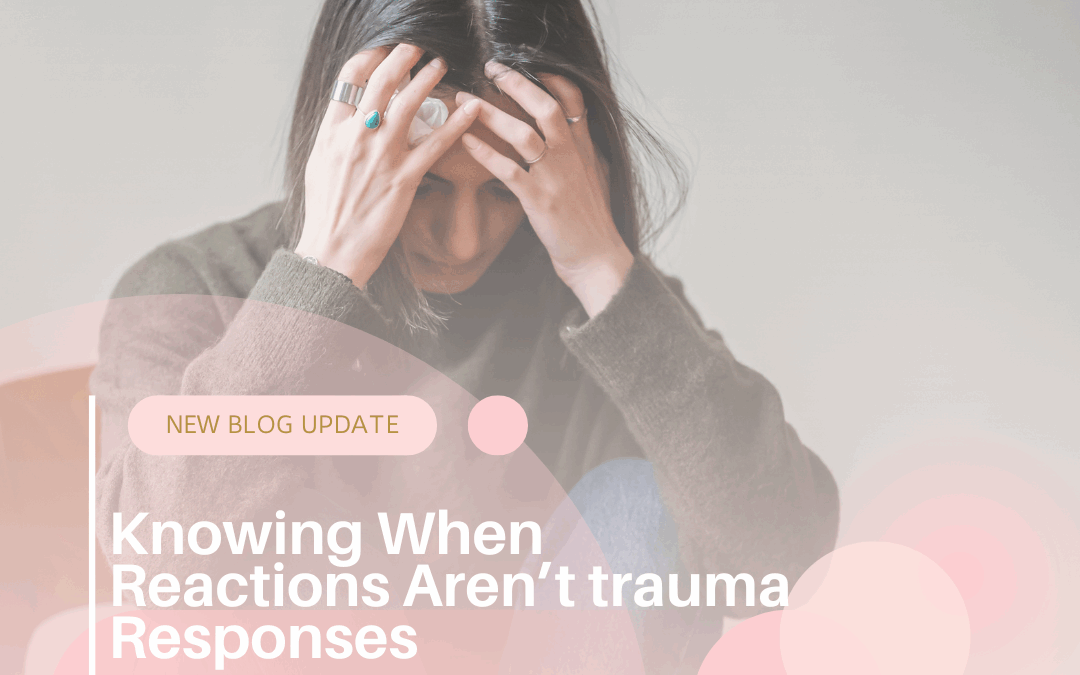Over the last few years, mental health awareness has become more mainstream—and with it, a rise in trauma-informed language. Words like “triggered,” “dysregulated,” “gaslighting,” and “trauma response” are no longer confined to clinical spaces. They’re in TikToks, tweets, podcasts, and friend group chats. And that’s a beautiful sign of progress.
But there’s a catch.
As we gain vocabulary to understand our internal worlds, there’s a temptation to over-apply it. Suddenly, every hesitation becomes “avoidant attachment,” every disagreement is “toxic,” and every emotional reaction is a “trauma response.”
So let’s take a breath and say something that might sound radical in today’s culture:
Not everything is a trauma response.
And that doesn’t make it meaningless.
The Power—and Pitfall—of Naming Everything “Trauma”
Let’s be clear: Trauma is real. And recognizing its impact is crucial for healing. Many people have lived for years without having language for what they’ve endured. For them, trauma-informed language can be liberating—like finally being handed a map to their own nervous system.
But when every internal experience gets labeled as trauma, we risk two things:
1. Over-pathologizing normal human emotion
2. Reducing complex behaviors to simple causes
Sometimes you overthink not because of childhood neglect, but because you’re facing an important decision.
Sometimes you need space not because of relational trauma, but because you’re tired.
Sometimes you’re reactive not because you’re “dysregulated,” but because you’re… human.
We can hold space for both emotional depth and ordinary nuance.
Still, Patterns Deserve Our Curiosity
Here’s the subtle but important distinction: Just because something isn’t a trauma response doesn’t mean it doesn’t have roots.
Patterns have origin stories.
You might get defensive in conversations because your past relationships taught you that criticism equals rejection.
You might overfunction in group projects because your identity was once tied to being the “responsible one.”
You might struggle to rest because rest was never modeled as safe.
These aren’t always traumatic in the clinical sense. But they are formative.
And they’re worth exploring.
The question isn’t always, “What happened to me?”
Sometimes it’s, “What have I come to believe?” or “What did I have to learn to survive?”
Why It Matters to Explore Without Pathologizing
Here’s what happens when we see every emotional reaction as a trauma response:
-
We begin to fear our own feelings.
-
We assume every difficult moment means we’re “unhealed.”
-
We lose trust in ourselves—and in others.
Healing isn’t about labeling every part of you as broken.
It’s about becoming intimate with your patterns, gentle with your defenses, and curious about your inner world.
How to Hold Both Truths
You don’t have to know whether something “counts” as trauma to explore it. You can simply ask:
-
What is this reaction trying to protect?
-
When did I first learn to respond this way?
-
What do I need right now that I didn’t get then?
You’re allowed to investigate your inner world without needing to prove anything to anyone—not even yourself.
Final Thought: Curiosity Over Judgment
The goal isn’t to become a walking diagnostic manual.
It’s to become fluent in your own emotional language.
To recognize when something is a trauma echo…
And when something is just a tender human moment.
So no—not everything is a trauma response.
But everything you feel still matters.
Let that be enough.


Recent Comments